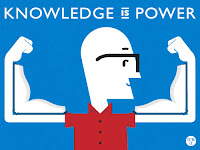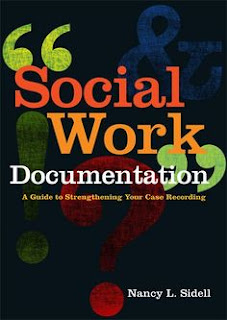Concept and Dimensions of Power
Concept and Dimensions of Power
 Power means the ability to influence others through community organisation. That is influencing community members to act as suggested by the leaders to achieve the community goals. The community power aspects can be studied. This is called power structure of the community. The power structure of the community varies from community to community.
Power means the ability to influence others through community organisation. That is influencing community members to act as suggested by the leaders to achieve the community goals. The community power aspects can be studied. This is called power structure of the community. The power structure of the community varies from community to community.According to social workers, power is the ability to influence the beliefs and behaviours of others. In other words, power is the ability to make things happen. Floyd hunter explained the nature of power and power structure. Power appears in numerous forms and in a variety of combinations. Power flows from many sources. The money, votes, laws, information, expertise, prestige, group support, contacts, charisma, communication channels, media, social role, access to rewards, position, titles, ideas, verbal skill, ability to gratify important needs, monopoly of essential resources, alliances, energy, conviction, courage, interpersonal skills, moral convictions, etc. are some of the sources of power. The accumulation of power in a specific area is called as a power center. Power is also distributed. It is not confined within the power center. It is present at every level of the society. The powerless people also have power only; they have to discover their power. Power may be ascribed by formal delegation or by title. Power may be achieved by many ways. For example, through competence, ability, or by personality etc. power can be achieved. Generally some groups of people are at the top of the community. They are called power centers at the top of the power pyramid. They influence the community through formal and informal connections. They influence through subordinate leaders who do not participate in community decision making process. The rich people are mostly powerful. In some communities multiplicity of power structure is noticed. Power structure is also flexible in nature. The community organiser has to study the following ‘How do some people influence the action of others? Who wields the power? How? What are the issues? What are the results? These aspects are to be analyzed by the organiser for effective practice of community organisation. This is called community power structure analysis. It is called power because some people are capable of action in spite of the resistance of others. Some people are powerful because they knew each other personally and they interact frequently making it possible for them to join in the joint efforts in community affairs. People with power, make major community decision whereas others are active mainly in implementing such decisions. An organiser who is able to study the power structure well can practice community organisation effectively. For example, the village traditional leader is a powerful person. The leader can influence other people to act. Many times this leader is motivated in achieving the goals of the community. The leader is capable of influencing people effectively. When there is opposition from a few men, it can be tackled by the leader because the leader has power.
In the community power is distributed. Each power center tries to expand its influence over the distribution of resources and rewards. The various power centers enter into an alliance. They share power, enter into a contract and discharge obligations. Power does not come to the passive, timid, defeated persons. Energetic, courageous persons wield it. The people with power tend to join together based on issues.
The basis for alliance are ideological, personality similarities, needs, or to achieve the goals. Power possessed is always used. It can be used for achieving the goals. The power can be intellectual, political, social, or psychological. To retain power there is need for self-awareness and self-control. The decision making is the source and outcome of the power. Sometimes there is a possibility of many power centers. Each power center may be autonomous. The organiser needs knowledge, and ability to mobilize the power in the community for achieving the goals of the community.
There are techniques for mobilization of power:
a) Appealing to the persons with power, who are related, with, requested help for achieving the goal.
b) Relating the power centers directly to the goal.
c) Developing interdependence among power centers for fulfilling the goals.
d) Formation of new groups by including members of power centers to achieve the goals.
e) Encouraging members of power centers to join with other members of power centers to achieve the goal.
f) By using group work methods, new larger power centers can be strengthened to achieve the goals.
Saul Alinsky and Richard Cloward used the changing of power centers. (1960). The power center change is achieved by institutional changes. Saul Alinsky gave importance for grass-root approach. In grass root approach lower level people should get deciding power. Power and authority are connected. Authority is the legitimatization of power. These details are used in community organisation to achieve people’s participation and successful achievement of the goal.
Source: C.M.J. Bosco
Source: C.M.J. Bosco
Social Work
Concept and Dimensions of Power
Differentiate between Community Organisation and Community Development
Relevance of Community Organisation for Community Development
Concept and Dimensions of Power
Differentiate between Community Organisation and Community Development
Relevance of Community Organisation for Community Development




Comments
Post a Comment